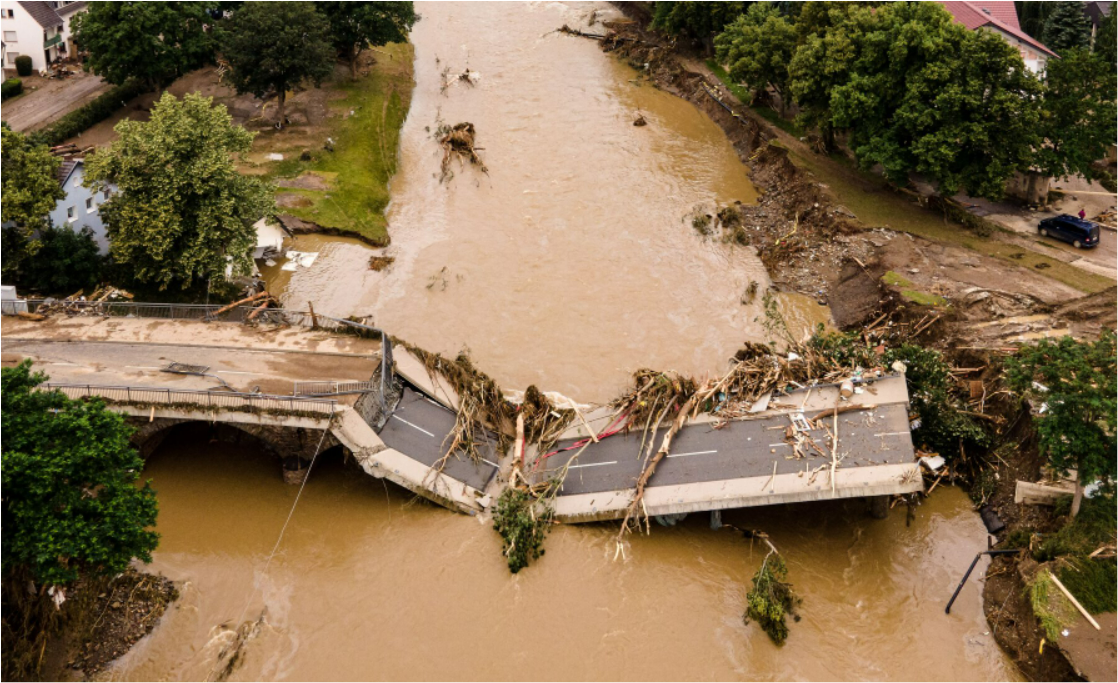
UN Office for Disaster Risk Reduction (UNDRR) released the Global Assessment Report (GAR2022) ahead of next month's Global Platform on Risk Reduction, which shows that between 350 and 500 medium to large-scale disasters occurred every year over the last two decades.
By 2030, the number of disaster events is expected to rise to 560 per year – or 1.5 per day, statistically speaking.
These disasters, according to the GAR2022, are caused by a faulty risk perception based on "optimism, underestimation, and invincibility," which leads to policy, finance, and development decisions that exacerbate existing vulnerabilities and put people in danger.
"The world needs to do more to incorporate disaster risk into how we live, build, and invest," said UN Deputy Secretary-General Amina Mohammed, who presented the report at the UN headquarters in New York.
"We must move from a state of collective complacency to one of collective action. As we work to achieve the Sustainable Development Goals (SDGs) for everyone, everywhere, we can slow the rate of preventable disasters."
The report, titled ‘Our World at Risk: Transforming Governance for a Resilient Future’ found that implementing disaster risk reduction strategies, as outlined in the Sendai Framework for Disaster Risk Reduction, reduced both the number of people impacted by disasters and the number of people killed by disasters over the last decade.
However, disasters are becoming larger and more intense, with more people killed or harmed in the last five years than in the previous five.
Disasters disproportionately affect developing countries, which lose an average of 1% of their GDP each year to disasters, compared to less than 0.3% in developed countries.
The Asia-Pacific region pays the highest price, with disasters costing an average of 1.6 percent of GDP each year, and the poorest people in developing countries suffer the most.
The long-term effects of disasters are exacerbated by a lack of insurance to assist in recovery efforts. According to the report, only 40% of disaster-related losses have been insured since 1980, and insurance coverage rates in developing countries are frequently below 10%, and sometimes close to zero.
“Disasters can be prevented, but only if countries invest the time and resources to understand and reduce their risks,” said Mami Mizutori, Special Representative of the Secretary-General for Disaster Risk Reduction and Head of UNDRR
















